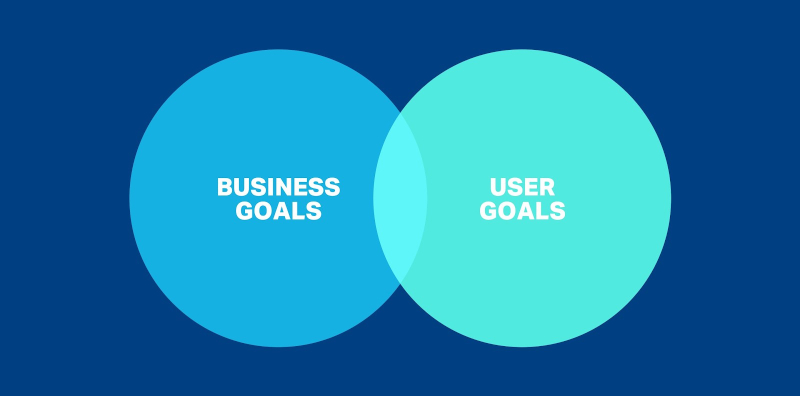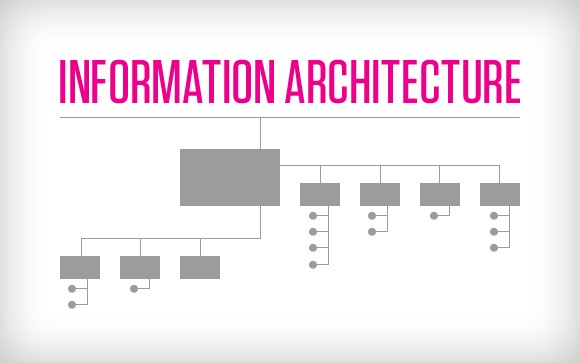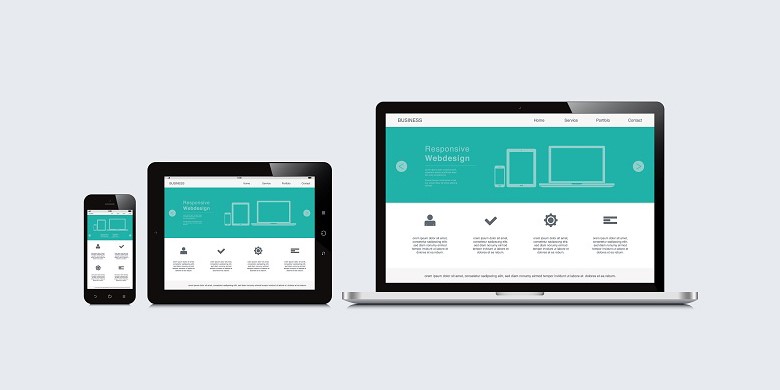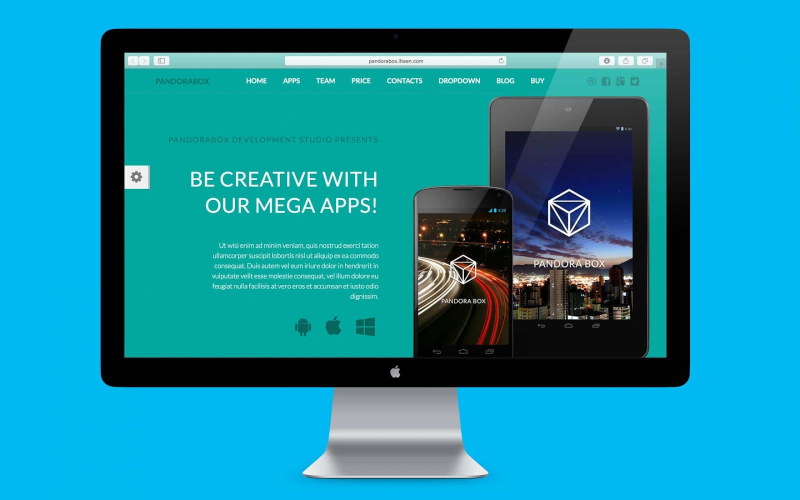Why Most Businesses are dropping these Crucial Website Elements
Besides having a beautiful design, your website should also functional elements.
The majority of web owners only focus on creating stunning designs that are highly focused on luring the visitor, forgetting that they also need to provide vital information on how to navigate and communicate with their audience.
There are complex organizational needs in any enterprise that web designers don’t know about or choose to ignore when building marketing sites or internal web applications. As much as businesses strive for beautiful UI when seeking website design services, they should strike a balance between attraction and effective user experience to help the user get the most of the website. Designers should also consider performance, navigation, branding, and analytics.
- To help you understand just how important this is on a company’s bottom line, here are statistics about website design and its impact.
- The ROI that every dollar spent on improving user experience is between $2 and $100
- About 70% of web design is bound to fail if the users are not satisfied with their final results
- Failure to do proper research on a company’s goals leads to 15% of design projects being abandoned
- 50% of a programmer’s time spent on redoing the project can be prevented if proper measures, goals and test processes were implemented upfront
If you count on a new exciting color scheme to fix conversion and bounce rates, prepare for disappointments. To get effective results in your designs, you need to implement good design principles, streamlined with technology that forms the foundation of a useful website.
In this article, we are going to discuss 5 design elements that you should when designing an enterprise website. The elements are not meant to downplay other design elements but are meant to compliment them.
Conversion-Centric Design

By removing everything that destructs your visitors, you optimize your site for conversions. You can easily achieve this using design approaches:
Directional Cues – You can decide to use icons, animations or bright colors that call attention to certain elements on the page.
Z-Pattern and F-Pattern Layouts – To grasp the website’s content, the majority of visitors scan rather than read. They do this either in F or Z-shape, therefore get details online to help you choose a suitable one.
Decrease Choices – It a psychological fact that too many choices make people indecisive. If you want to include more than three choices, but others on the next page to avoid overwhelming the visitor.
Measures Everything – Unless backed by figures or qualitative data, opinions shouldn’t cause web design changes.
The conversion-oriented design has the greatest impact on a company’s bottom line. Keeping people engaged is an essential element of an enterprise website if you want to succeed.
Balancing Business Goals and UX

This is a subject for discussion and I should probably write an entire article about it because it can be confusing most of the time. For now, all I can tell you is that you need to balance between business goals and good user experience. If your goal is to guide a user to click on the purchase link, then UX supersedes business goals. To make it fair and effective, all the stakeholders should voice their concerns on the website design. Although websites are supposed to cater to the business agenda, having a poor UX will undermine the business goals if it brings out credibility issues.
Information Architecture

How your business website is structured, determines a lot of how your visitors interact with it. This boils down to how you have relayed information on your web pages. The best information structure that offers broad categories at the top that open up more narrow options as the visitor clicks through is a primarily hierarchical structure. Focusing your attention on providing information that is easy to navigate and understand with few clicks a possible should do the trick. Some of the popular web design structures include:
- Hierarchical
- Sequential
- Matrix
- Alphabetical
- Topic
Mobile

Although this is always discussed, mobile responsiveness should always be in the mind of any website designer, especially now that ranking websites depend on it, according to Google. For your information, Google has started penalizing sites displaying large interstitial ads that are not only irritating on desktops and but also unbearable on mobile devices. Other things that may cause Google penalties unplayable videos and poor site performance. Responsive websites make it easier for users to access information on their mobile devices since structured information matches with the one on desktops. Information and design should fit all screen sizes without distortion.
Modern Design Practices

Although an effective website design should focus more on delivering the company’s agenda and bottom line, it doesn’t mean that you should ignore the current trends in web design. This does wonder in UX. One thing about trends is that they have the power to influence a visitor's perception of how a website should look like. And this is backed by research that states that website credibility is 75% based on aesthetics. By using a modern trending design, you tell the user that you are well informed of what is going on around you and this builds trust and credibility. You can achieve this by using stylish typography, modern images, and contemporary layouts.
Conclusion
How your website is designed determines its success. One mistake that many businesses are making is putting more emphasis on beautiful and stunning visuals, forgetting that they should also concentrate on driving the company’s agenda and bottom line. For effective design, we should balance all design elements that attract and sales the company’s policies and agenda.
Related Posts
As the world of eCommerce continues to evolve, businesses are constantly seeking ways to stand out in the digital landscape. According to a report by Statista, it is predicted that global online sales will reach an impressive mark of $6.5 billion by 2023.
The rapidly changing landscape of e-commerce demands businesses to create a compelling online presence. However, establishing a formidable online store demands much more than a mere digital replica of a physical storefront. It requires a deep understanding of human psychology and a strategic...
For startups in 2024, there are few aspects as important as web development.
Recently, stock photos have become a popular choice in design.
With the digital world picking pace and setting high benchmarks for the upcoming ideas in the industry, the upcoming digital decade is likely to experience much improved and robust digital ideas.

















Comments
comments powered by Disqus